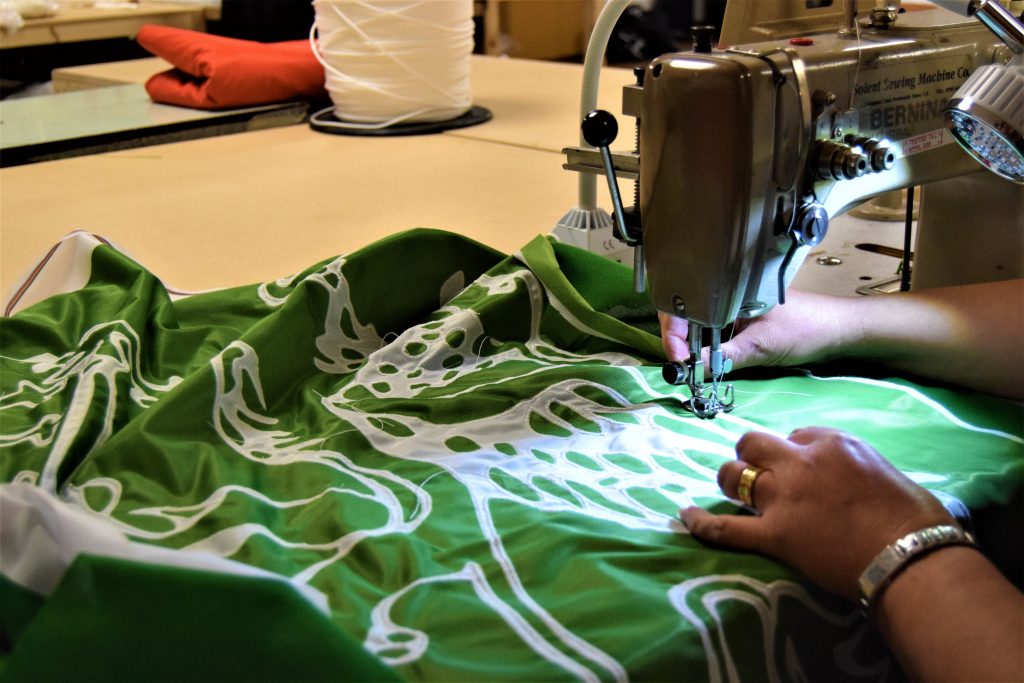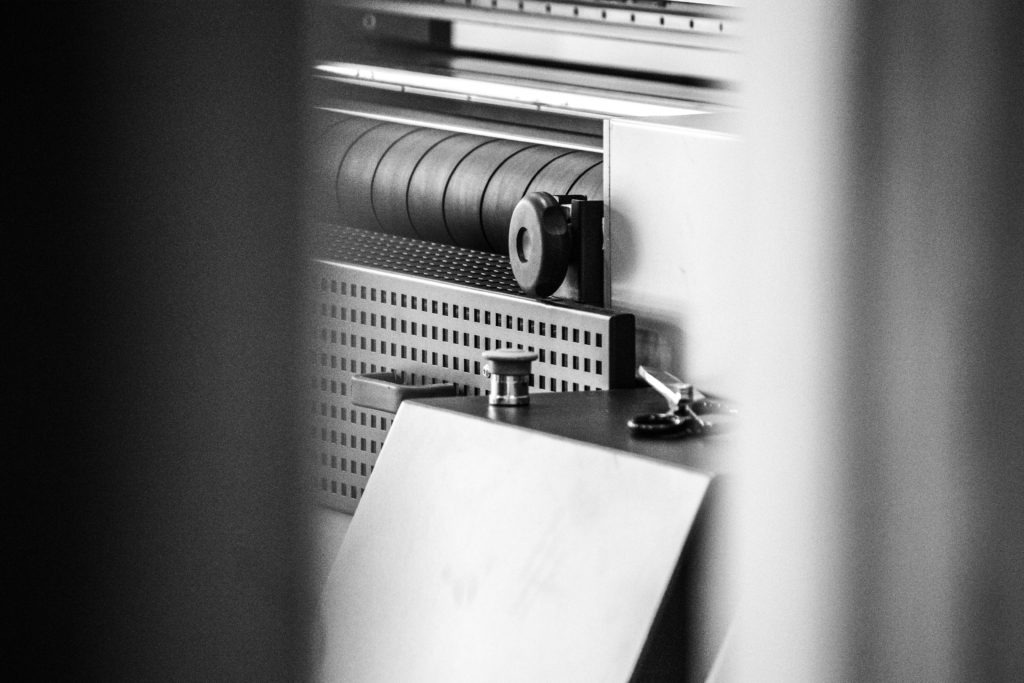

X
This site uses cookies. By continuing to use this site you agree to our use of cookies. To find out more, see our Privacy Policy and Cookie Policy.

Flying a flag is more than just a display; it’s an art form. The choice of flag type contributes to the overall aesthetics, durability, and symbolism. There are three primary types of flags: hand-sewn, screen print, and digital. Each method carries its own charm, purpose, and unique characteristics. These offer a rich tapestry of choices for those seeking to convey their identity or celebrate an event.
The tradition of hand-sewn flags is centuries old. It involves meticulous craftsmanship, attention to detail, and skilled hands to bring these flags to life. They have unique textures, durability, and authenticity, making them a timeless choice for those who appreciate artisanal craftsmanship.
Our hand sewn flags are produced using woven polyester with knitted polyester layering. They are manufactured by our skilled in-house sewing team in Newton Aycliffe, North East England. The experienced team meticulously appliqué the flags to your exact colours and proportions. These are a more traditional style of flag, and made of thicker material than printed flags. This makes them more durable and longer lasting. Virtually any design or logo can be manufactured.

Screen print flags

Screen printed flags combine precision with efficiency. The process involves transferring intricate designs onto flags using screens, resulting in vibrant colours and sharp details. Screen printing is extremely versatile for both small and large-scale flag production.
Screen printing typically results in a more vibrant colour finish, and is more cost effective when larger quantities are required (20+ flags).
Step into the digital age with digitally printed flags. This cutting-edge technology allows for high-resolution graphics, intricate details, and complex designs. There are many advantages of digital printing, including ease of customisation and quick turnaround times. It also gives the ability to reproduce intricate artwork with precision.
Digital printing is commonly used when lower quantities are required (1-20 flags) or when the artwork contains shading. It’s also great when there are more than 5 colours, or when there is a specific Pantone colour requirement.
The appropriate flag type can completely depend on the occasion. Formal ceremonies demand the authenticity of hand-sewn flags, whereas vibrant festivals call for the efficiency of digital printing. The level of durability required can also have an impact on the decision. Hand-sewn flags are often more robust and can be more resistant to weather. However they are usually more expensive to produce due to the material quality and skill required. Printed flags are likely to fade more quickly, so the location needs to be considered.
All things considered, both hand-sewn and printed flags can be durable. However if authenticity and craftsmanship are priorities, hand-sewn flags may be preferable. If cost-effectiveness and intricate designs are essential, printed flags would be a more suitable choice.
Allow us to help you in the decision of selecting which of our three types of flags best suits your needs. Contact us on 01325 390195 or send us an online enquiry.